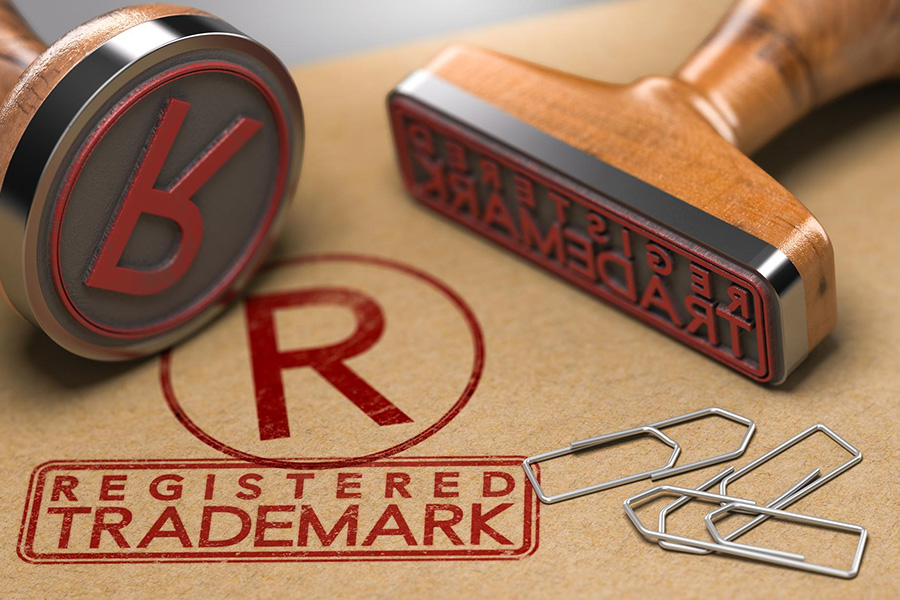
Indian courts have provided an effective remedy to parties aggrieved by comparative advertising by deviating from English law and diluting the malice requirement in tortious disparagement actions.
Author
Arpan Banerjee, Assistant Professor, Jindal Global Law School, Sonipat, Haryana, India; University of New South Wales, Sydney, Kensington, Australia.
Summary
In India, the English law has developed differently. The Trade Marks Act, 1999 broadly follows its United Kingdom counterpart. However, independent of trademark law, Indian courts have provided an effective remedy to parties aggrieved by comparative advertising by deviating from English law and diluting the malice requirement in tortious disparagement actions.
The Trade Marks Act 1938, like its predecessor, dealt with classical trademark infringement. In Yeast-Vite v Horsenail the plaintiff sought action against a comparative advertisement by alleging both malicious falsehood and trademark infringement. The judge upheld both the parties’ respective claims for tortious disparagement and trademark infringement, and passed an injunction restraining all the advertisements in question.
In Paras v Ranbaxy and Reckitt Benckiser v Emami claims for tortious disparagement and trademark infringement were both addressed and upheld. The Calcutta High Court observed that “the comparison was not fair and truthful”, and amounted to prima facie trademark infringement.
Published in: Annotated leading trademark cases in major Asian jurisdictions. Taylor & Francis, London, pp. 315-330.
To read the full article, please click here.


